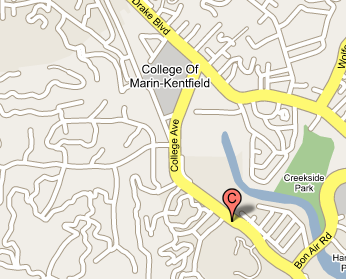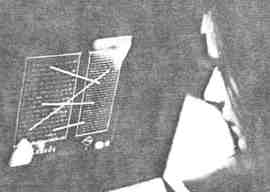
It would be nice to have the web be the platform for software development, and after several years of the doldrums, the folks at Google and Yahoo! have grabbed the attention of developers everywhere. They are starting to share former secrets on development sites.
Some of the things that might make it happen for developers, now that the box has been opened again:
CSS
Web sites, such as Position Is Everything are continuing to expand the knowledge required to produce acceptable user interfaces in a web browser.
Coming, eventually, to everyone. Now available as a Flash 6 plugin, or in Mozilla (beta). Watch this space. Or another X-language: Laszlo.
XPath and XQuery
There are commercial and open source XQuery servers now available, so getting simple access to XML databases of all kinds is getting easier. When all the web’s content is expressible as XML queries, what could happen? Ask Udell.
Ajax (asynchronous HTTP using Javascript)
The talk is heating up, and we’ll probably find that Ajax works its way into a slew of new possibilities.
REST (keep it simple web services)
REST is back because of Yahoo’s bold decision not to jump on the SOAP + WS-yada-yada-yada bandwagon.
Beyond HTML and Javascript, you get into the more robust and complicated platforms:
Java Web Start
Java is still out there as a client-side solution, even though Microsoft would wish it away. If it had a true open source following, which could happen any day now, Java Web Start could provide a way to build applications of arbitrary complexity deployed on any platform.
Servlet Engine in a Box
Using existing technologies it is pretty easy to package any application inside a desktop web application server and avoid all installation problems.
Mono (Cross-platform .NET)
Using a cross-platform system with rich user interface and networking, the
mono project is trying to regain the write-once, deploy anywhere philosophy that Java first started.


